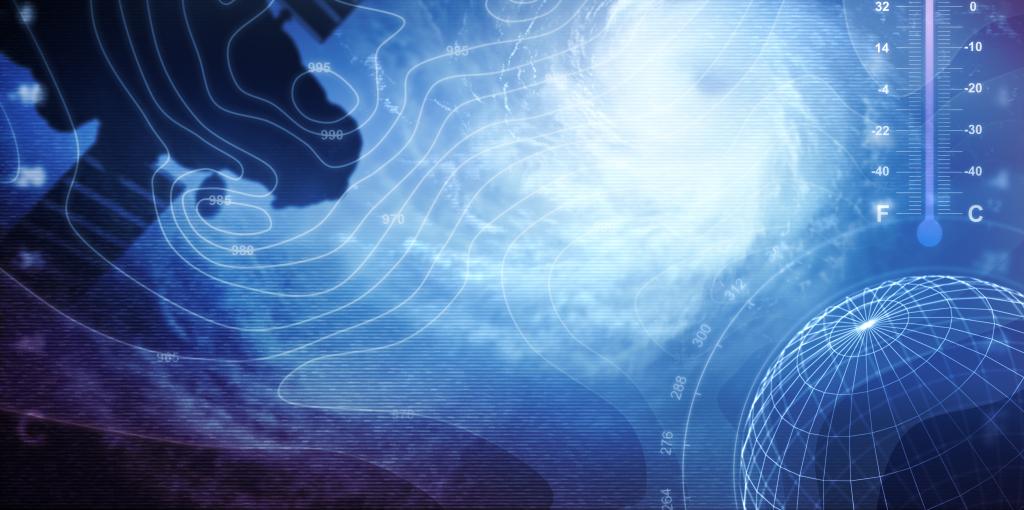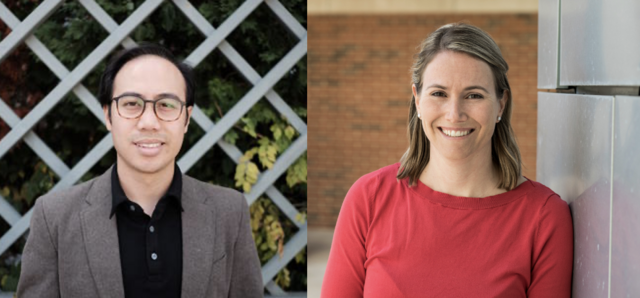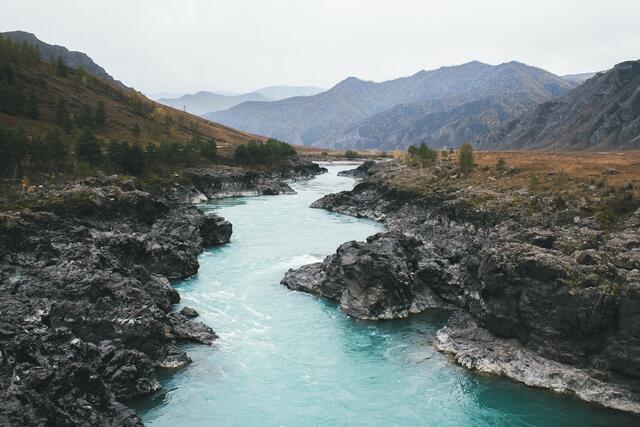Admission CTAs
Using weather model and geologic data to test tectonic mechanisms in intercontinental setting
Paul Acosta, Postdoctoral Scholar, Atmospheric, Oceanic and Earth Sciences (AOES), and Natalie Burls, Associate Professor, AOES; Graduate Program Director, Climate Dynamics,received funding from the National Science Foundation for the project: "Collaborative Research: Using a weather model and geologic data to test tectonic mechanisms in an intercontinental setting: The Altai Mountains of Central Asia."
This project seeks to apply new advances in atmospheric and geosciences to a natural experiment in central Asia where the height and shape of the Altai Mountains over the past 50 million years are thought to have precipitated a major change in atmospheric circulation and in climate. The Altai Mountains are one of the major ranges in Asia that substantially modify regional climate and ecosystems and spawn some of the largest intracontinental earthquakes ever recorded.
This research will use novel weather and climate models to predict changes in atmospheric circulation and climate in response to the size, height, and growth history of the Altai. These model predictions will be measured against field and laboratory data gleaned from the sediments shed from the Altai. Using rock magnetic data preserved in the sediments and the steepness of river channels carved into the mountains, the investigators will be able to construct an age model consistent with the onset and growth history of the Altai range.
This interdisciplinary approach will be pursued by a multi-university, diverse team in the United States that includes early-career scientists and professors, graduate students, and undergraduates in collaboration with Mongolian colleagues at the Institute for Astronomy and Geophysics. The project will train three doctoral students, three early-career scientists, and one undergraduate in interdisciplinary geosciences and build international exchange opportunities.
The results of this research will improve understanding of the coupling among solid Earth and atmospheric processes. The importance of this research helps address societal challenges, such as building resistance to climate change and earthquake-related natural hazards.
Acosta and Burls received $34,998 from NSF for this project. Funding began in Aug. 2023 and will end in late July 2026.


